Editor's note: Araki has closed and has moved to London. His new restaurant will be in New Burlington Street, Piccadilly, reviewed here.
Mitsuhiro Araki is a famous sushi master. He specialises in the simplest form of Edomae-sushi, served in a traditional way. He opened Araki in 2002, when he was 46 years old, in the residential area of Setagayaku, an area in the outskirts of Tokyo, but moved to the Ginza after receiving three Michelin stars in 2011 (apparently with an associated tripling in price). Mr Araki started his career at a hotel in Kanagawa after he graduated from high school, then went to Australia and worked as a chef there. When he was 25, he returned to Japan to be a sushi chef and started training. After eight years, he met his mentor, Takeaki Niizu, who was the head chef of a well-known restaurant Kiyoda in Ginza. He trained here for two years; his book ”Edomae Nigiri” was published in January 2005, and “Mito Araki” was published in December, 2011 (“mito” means innovation).
Araki has now relocated to a smart ground floor location in the Ginza. The chef/owner prepared our food in front of us at a wooden counter; the entire restaurant had just nine seats. The meal began with sashimi of red snapper from Akashi (an area noted for the quality of its snapper), and this did indeed had very good flavour and texture with just a little firmness (17/20). This was followed by steamed abalone, which unlike most abalone I have eaten was in no way chewy, being tender and having good flavour. This texture was the result of the abalone being steamed for six hours, which gives a sense of how much work goes into a seemingly simple ingredient (18/20). Next was lightly seared bonito, served with a little soy sauce, the fish at its peak at this time of year and delicious (18/20).
I was very impressed with the quality of the sea urchin from Hokkaido that followed, creamy yet still having a hint of texture, with a hint of sweetness, as good as I have tasted (19/20). Araki is known for his tuna, using a different supplier from the one that many of the top sushi places in Tokyo, and it was tantalizing to see a huge block of tuna being prepared by the chef, this particular tuna from a 230kg fish caught off the waters of Japan. Both akami and otoro were superb, a silky delight (19/20). The chef reckons to spend ¥20 million on tuna alone each year for his restaurant.
The meal now switched into sushi, the chef sometimes transferring the piece of sushi directly from his hand into the hand of the diner (in case you are wondering about some apparently missing photos of the sushi in the photo gallery associated with this review), as now with excellent mackerel sushi (18/20). Needlefish was also impressive (18/20), as was perfectly tender squid without a hint of rubberiness (19/20). Next was a shellfish related to a scallop called kobashira, this one from an area called Baka Gai; again this was handed directly to each diner.
A tiger prawn had lovely flavour (18/20), served alongside some grilled skin of needlefish. Further bonito followed, this time marinated bonito kombu with kelp (18/20). Sea eel with Japanese pepper leaf was very good (17/20). Finally, nori with tuna was served, a sort of tuna ice cream cone in the way it was presented, and as well as the lovely tuna the nori itself was remarkably delicate, paper thin (19/20).
The chef himself turned out to be quite a showman. Given that he insisted on us coming with a Japanese speaker, and refused to take a reservation from our hotel concierge, I was surprised to find that he spoke quite a bit of English, and was most welcoming. He shows great attention to detail in sourcing, talking about the importance of rice to sushi; he gets his rice from his father in law, who grows it in Saitama, north of Tokyo The bill was not insubstantial, at £216 a head including beer, but this was some of the finest sushi I have tasted, right up there with my favourite Sushi Saito. At this level the distinction between restaurants comes down to personal preference, because there is essentially nothing to fault. As with Saito, I only score this restaurant overall less than a 20 because I have some discomfort with comparing this style of food with the kind of elaborate cooking that goes on in the kitchen of a French 3 star restaurant. However on a sushi scale this would be pretty much flawless, so for me it would be a perfect score as sushi.


























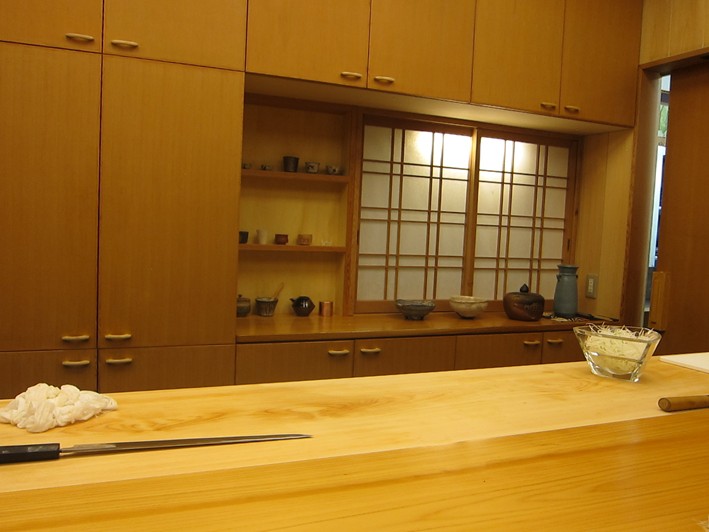

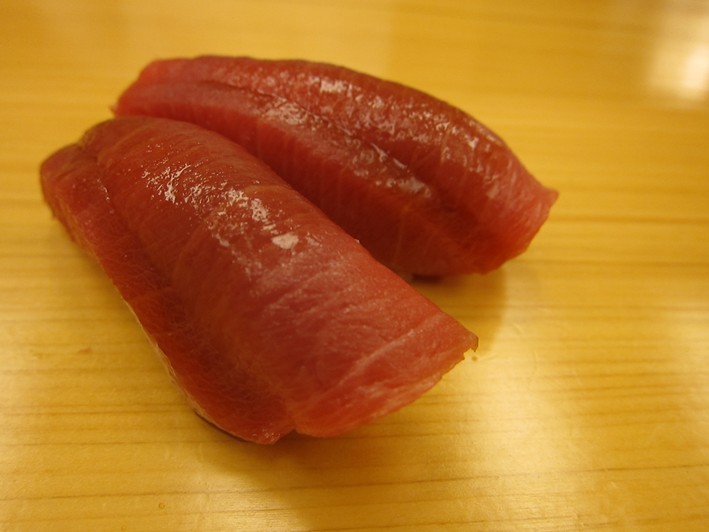
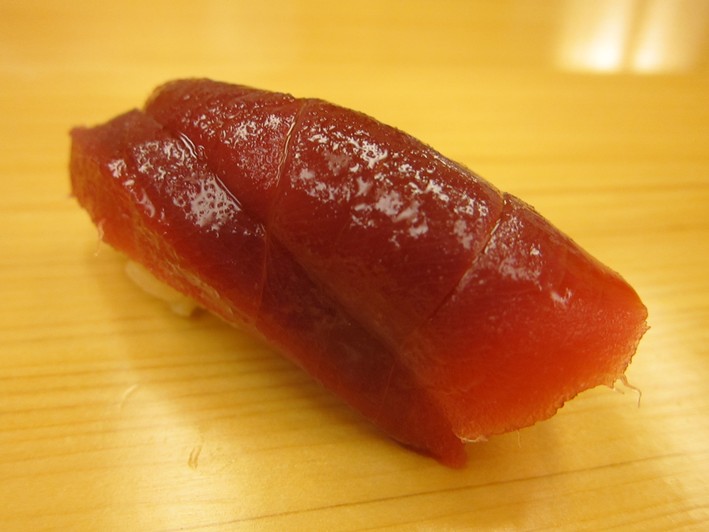
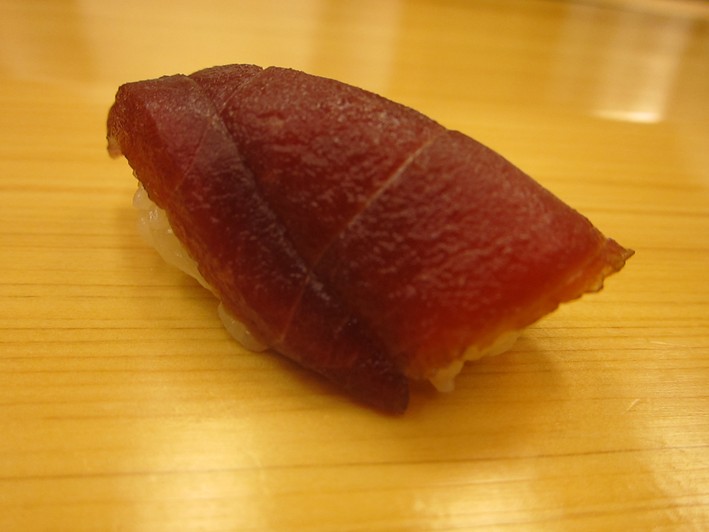
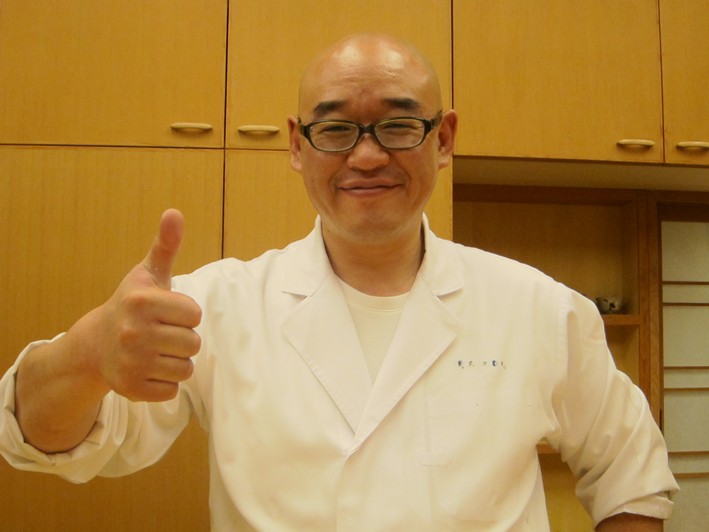
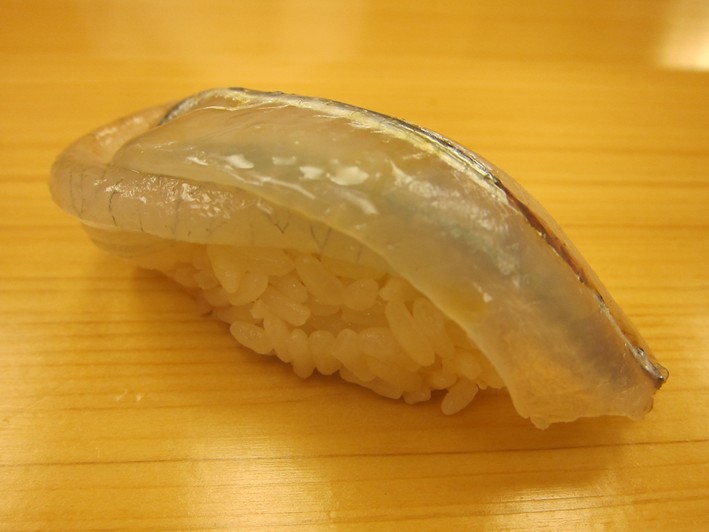
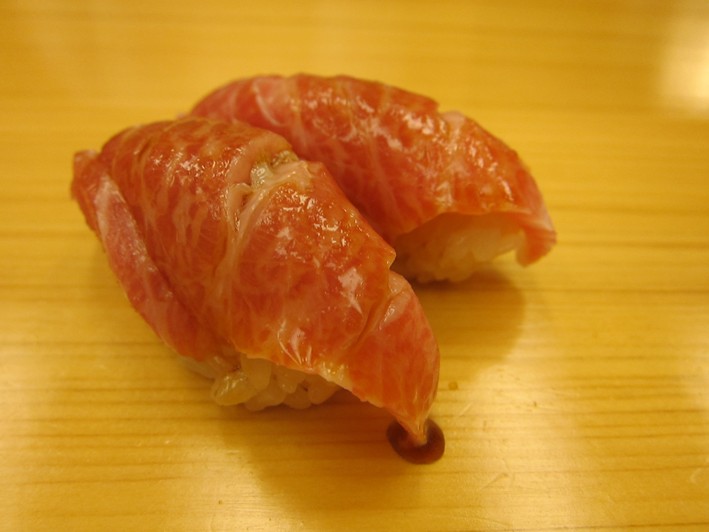


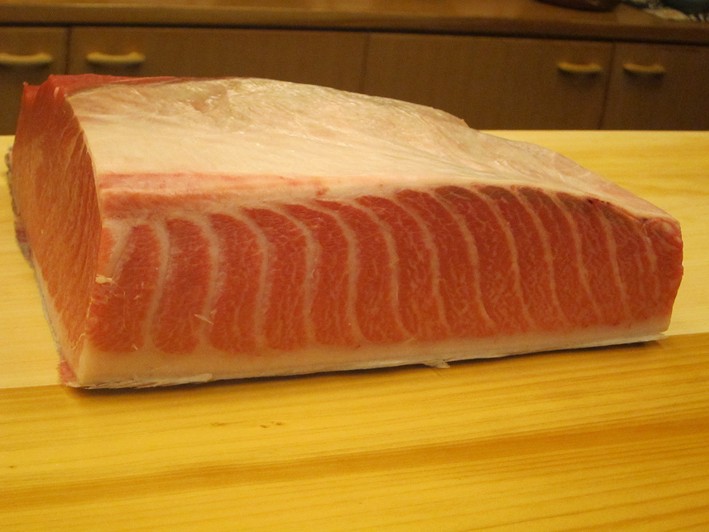
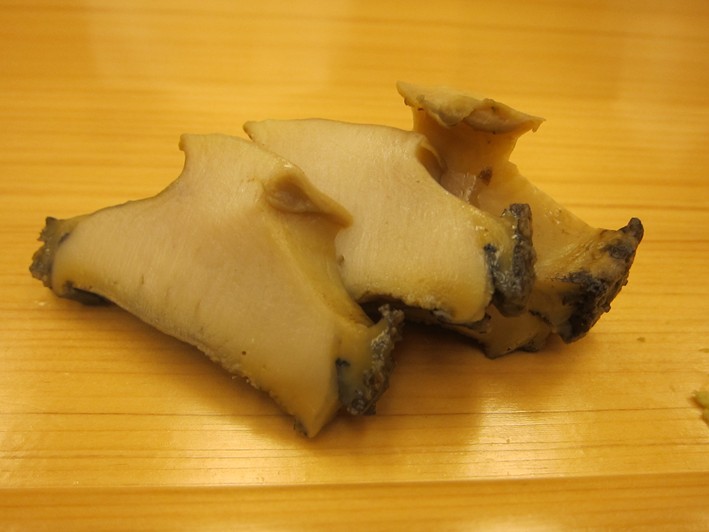
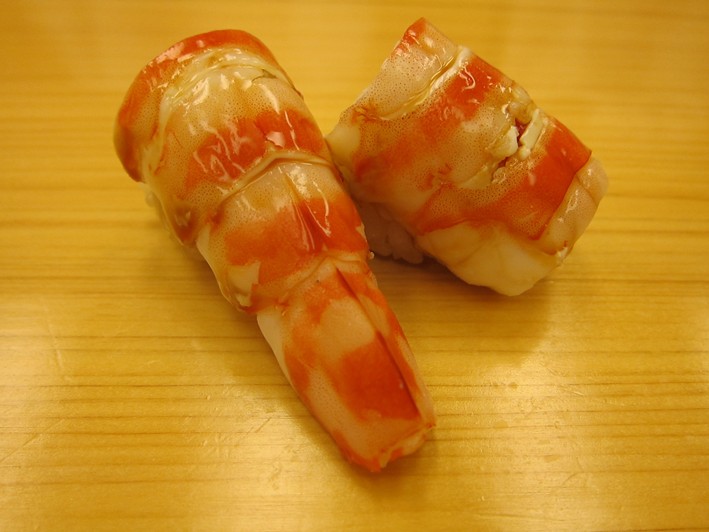
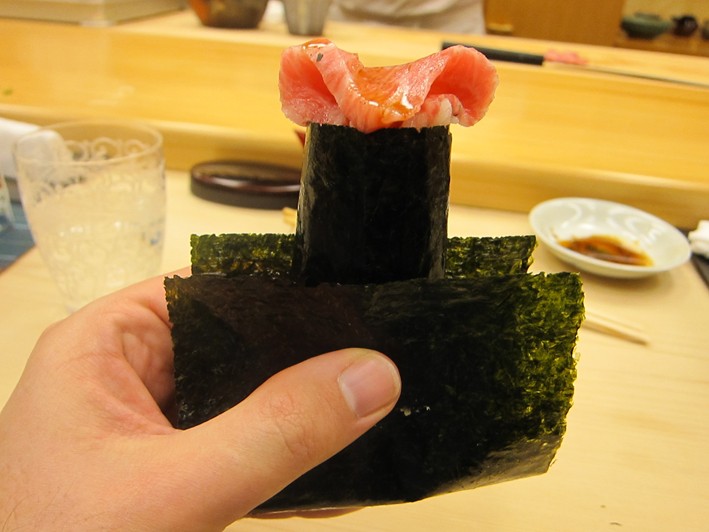
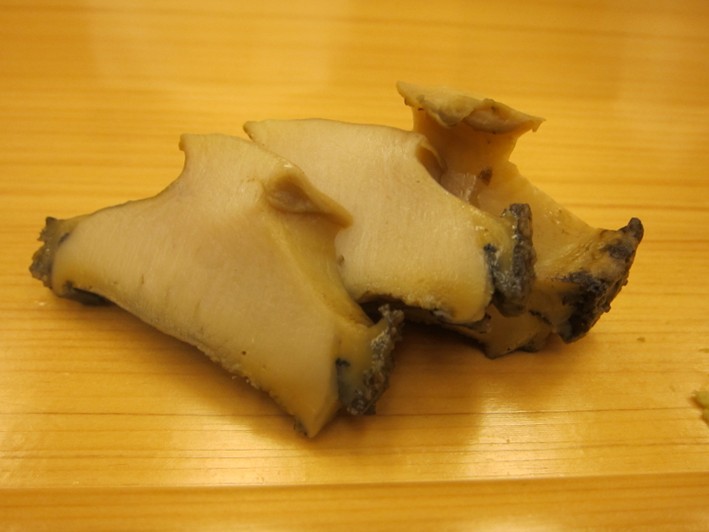
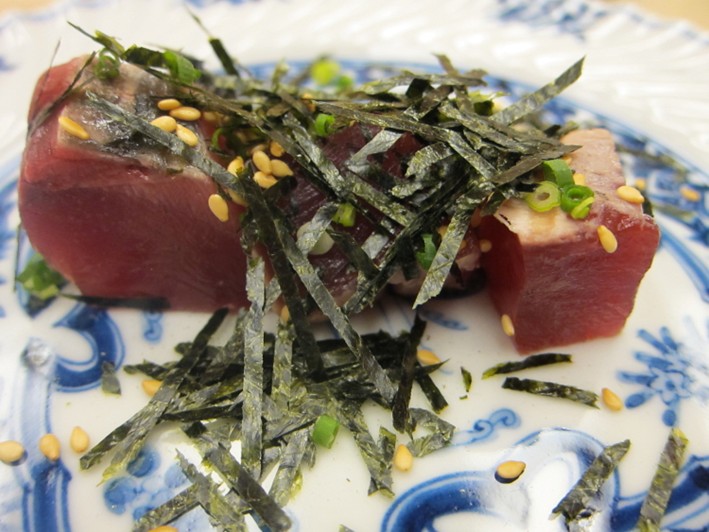
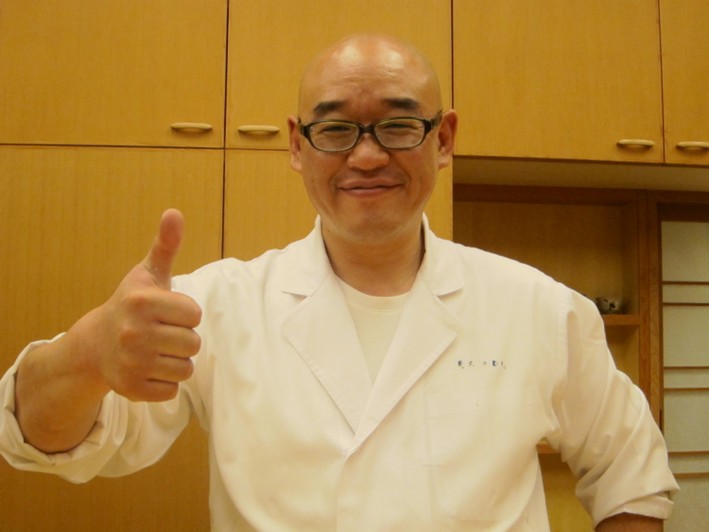
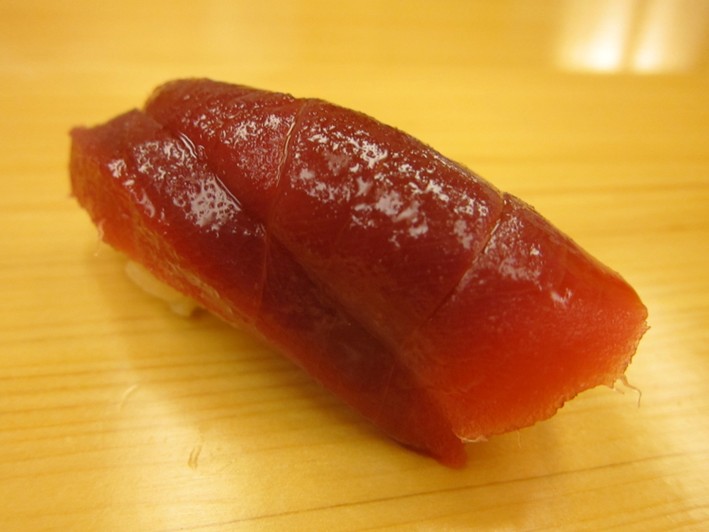
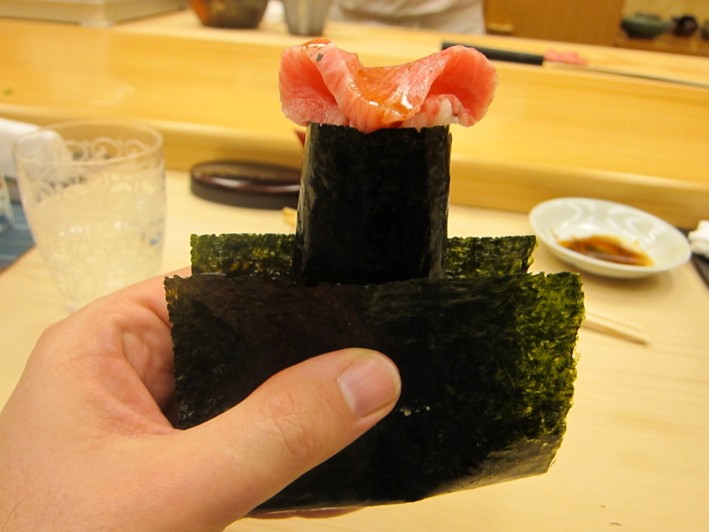

Add a comment
Thank you for submitting your comment, this will be checked and added to the website very soon.
User comments